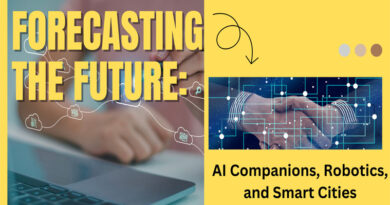AI in Elections: A Double Edged Sword
idly transforming the landscape of political campaigns, bringing both innovation and risk. On the positive side, AI enables campaigns to analyze voter behavior, personalize messages, and reach audiences with unprecedented precision. Political strategists can deploy AI tools to fine-tune speeches, identify swing voters, and schedule events for maximum impact. From chatbots to data analytics, AI is helping candidates streamline their operations and enhance voter engagement.
However, the same technologies that empower campaigns are also being weaponized to mislead and manipulate. Deepfakes highly realistic yet fabricated audio or video clips can be used to spread false narratives, damage reputations, or incite unrest. AI-generated misinformation, when amplified through social media, can sway public opinion before fact-checkers can respond. These tactics threaten the credibility of electoral processes and challenge the ability of voters to distinguish truth from fiction.
One particularly concerning trend is the use of AI to hyper-target voters with tailored content, often designed to exploit personal fears, biases, or anxieties. While this microtargeting can increase engagement, it also risks creating echo chambers and polarization. By selectively feeding voters only the information they’re most likely to believe or react to, AI-driven campaigns can distort reality and undermine informed decision-making in a democracy.
As AI becomes an integral part of election strategies, there’s a growing need for regulatory frameworks and digital literacy. Tech companies, governments, and civil society must collaborate to establish ethical guidelines for AI use in political contexts. Transparency in campaign tactics, verification tools for media content, and public awareness are crucial to safeguard democratic institutions in the AI era.




